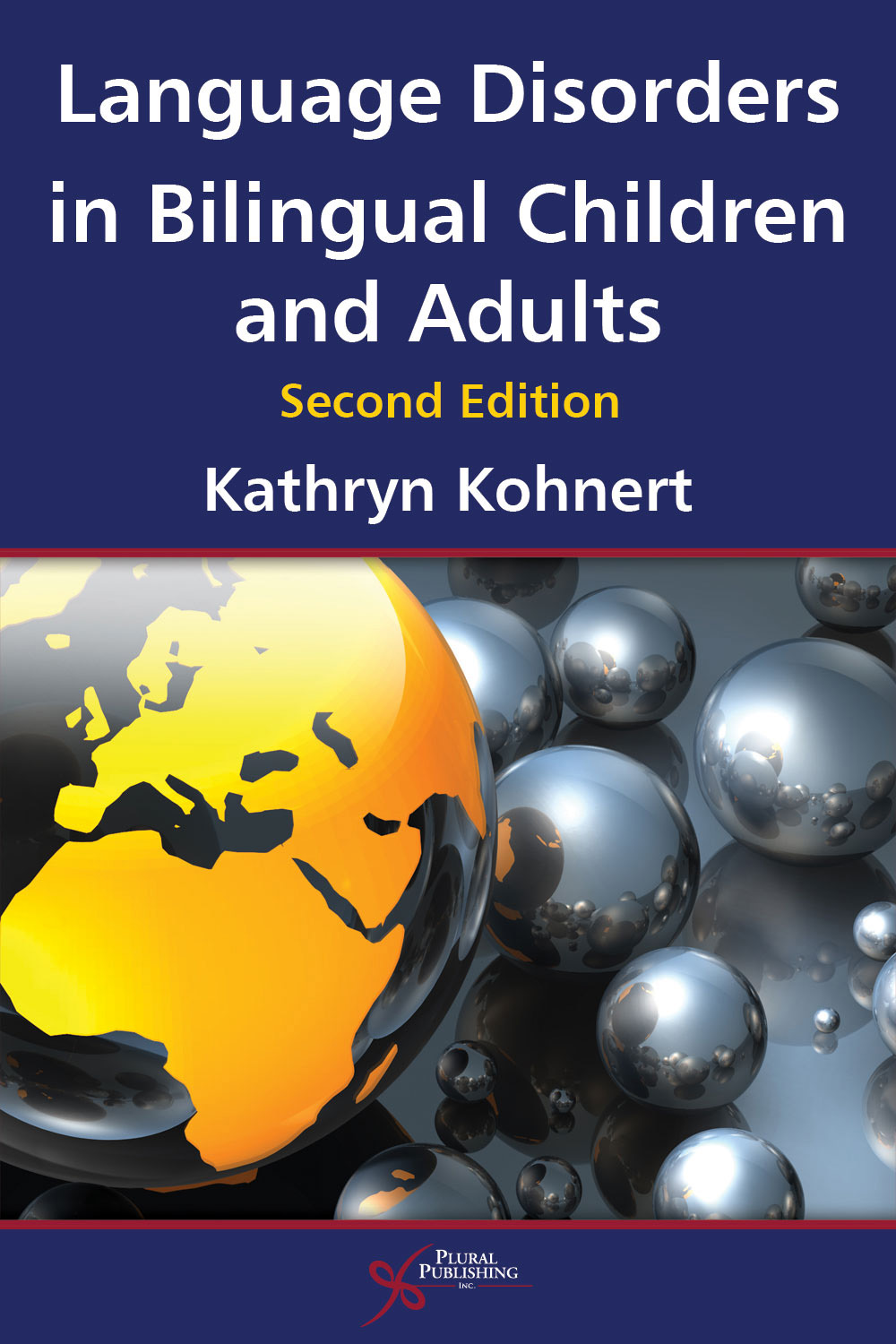
Language Disorders in Bilingual Children and Adults.
Second Edition
Kathryn Kohnert
Details: 360 pages, B&W, Softcover, 6" x 9"
ISBN13: 978-1-59756-534-9
© 2013 | Available
Language Disorders in Bilingual Children and Adults, second edition, provides speech-language pathologists, advanced students in communication disorders programs, and clinical language researchers with information needed to formulate and respond to questions related to effective service delivery to bilingual children and adults with suspected or confirmed language disorders. The bilinguals of interest represent varying levels of first and second language proficiency across the lifespan. That is, bilingualism is not determined here by a prior notion of relative proficiency in each language, but rather by the individual's experience or need for two languages.
In separate chapters, the book synthesizes the literature on bilingual children and adults with typical and atypical language skills to give the reader a deep understanding of the multiple factors that affect language development and disorders in those who rely on two languages for meaningful interactions. Assessment and intervention issues and methods are presented separately for each population.
The focus for children is on primary developmental language disorder (specific language impairment, language learning impairment, isolated language impairment, and late talkers). For adults, the focus is on primary acquired language impairment, in particular aphasia. Although child and adult, typical and atypical populations are presented separately, all are considered within a unifying Dynamic Interactive Processing perspective. This broad theoretical framework emphasizes interactions between social, cognitive and communicative systems to form the basis for very practical implications related to assessment and intervention.
For the second edition, the author has updated the entire text with references to the considerable amount of research that has been undertaken in recent years. There has been an impressive uptick in research at the intersection of bilingualism and language impairment as well as bilingualism and adults with aphasia. This rapidly increasing body of empirical studies has direct implications for assessment and treatment of language in bilingual individuals.
New to the Second Edition
- A foreword by Ellen Bialystok, PhD, Distinguished Research Professor in the Department of Psychology at York University
- New content on "common factors" - those core aspects of clinical practice that may transcend specific therapies
- Clinical Questions and Extension Activities added to each chapter
- New tables and figures in each chapter to illustrate key concepts
With its updated content and new features, Language Disorders in Bilingual Children and Adults, Second Edition, is a must-have resource for any SLP who works bilingual children or adults.
Reviews
"This book provides an extremely accessible overview of the current state of knowledge regarding typical and atypical development of children exposed to more than one language. It provides much needed context for clinical decision-making and gives clear messages about best practice advice regarding maintenance of home languages when English is the language of instruction. I found this a thought-provoking read that provides some very clear messages and the evidence-based context for practical advice."
— Courtenay Frazier Norbury, RCUK Research Fellow in Cognitive Science, Department of Psychology, Royal Holloway, University of London, in Child Language Teaching and Therapy (February 2016)
Section I: Foundational Issues
1 Perspectives on Language, Bilingualism, and Language Proficiency
2 Culture and Clinical Competence in Speech-Language Pathology
3 Principles for Clinical Actions: EBP and Common Factors
Section II: Bilingual Children
4 Typically Developing Children Learning One or Two Languages
5 Primary Language Impairment in Bilingual Children
6 Language Assessment with Developing Bilinguals: Purposes, Principles and Procedures
7 Intervention with Bilingual Children with Language Impairment
Section III: Bilingual Adults
8 Language and Cognition in Bilingual Adults
9 Language and Cognition in Bilinguals with Aphasia
10 Assessment in Bilingual Aphasia: Giving Meaning to Measures
11 Intervention in Bilingual Aphasia
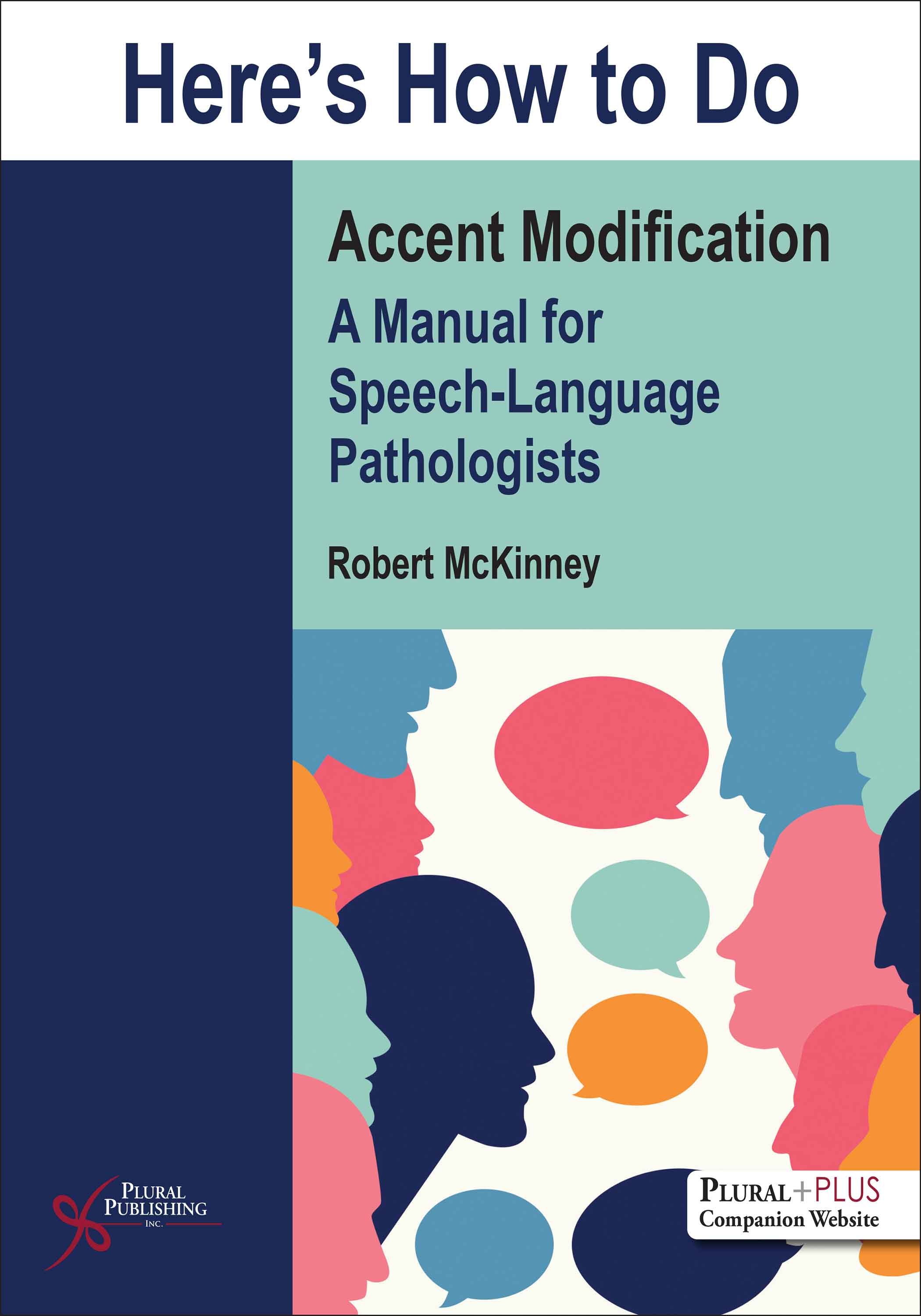
Here's How to Do Accent Modification: A Manual for Speech-Language Pathologists
First Edition
Robert (Bob) McKinney
Details: 306 pages, B&W, Softcover, 8.5" x 11"
ISBN13: 978-1-63550-007-3
© 2019 | Available
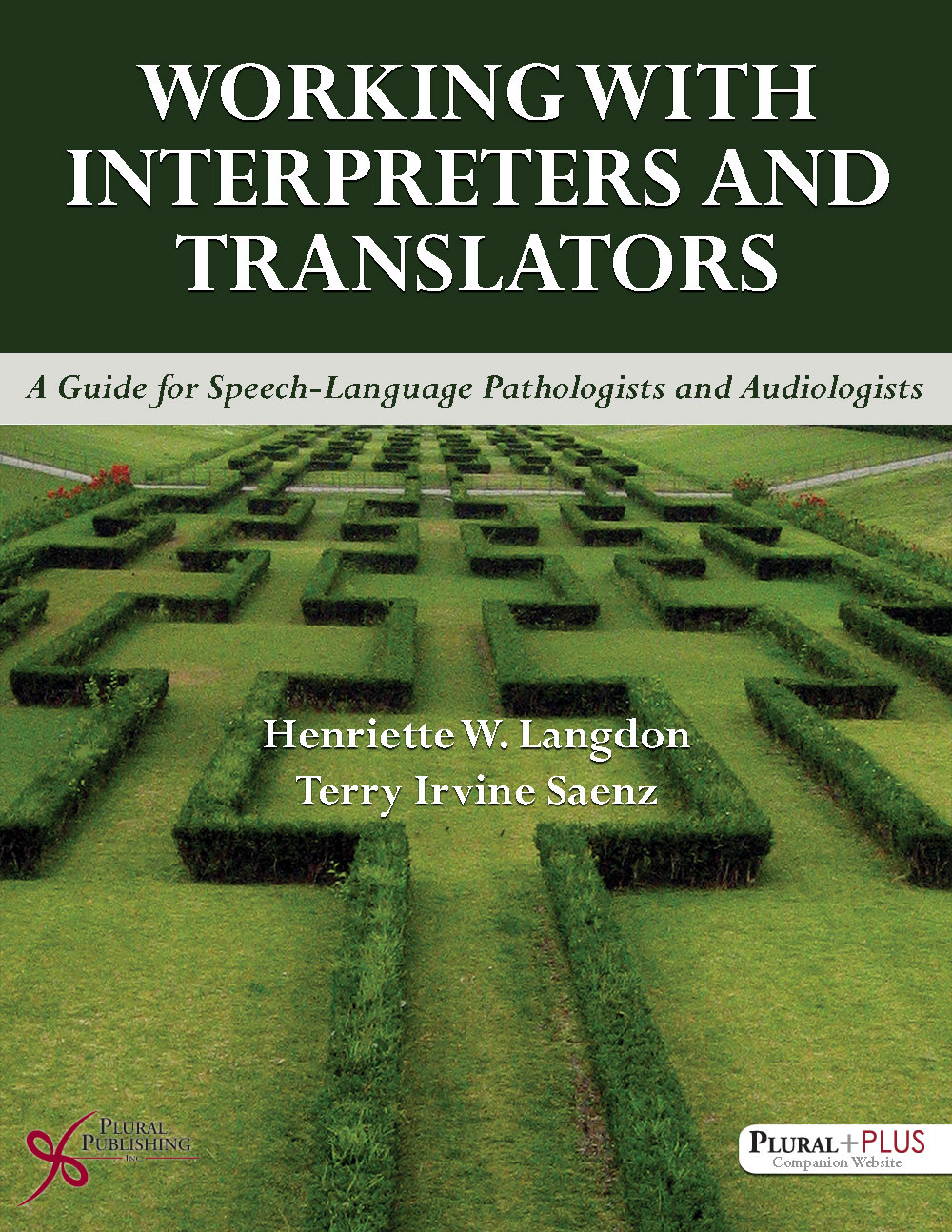
Working with Interpreters and Translators: A Guide for Speech-Language Pathologists and Audiologists
First Edition
Henriette W. Langdon, Terry Irvine Saenz
Details: 267 pages, B&W, Softcover, 7" x 10"
ISBN13: 978-1-59756-611-7
© 2016 | Available
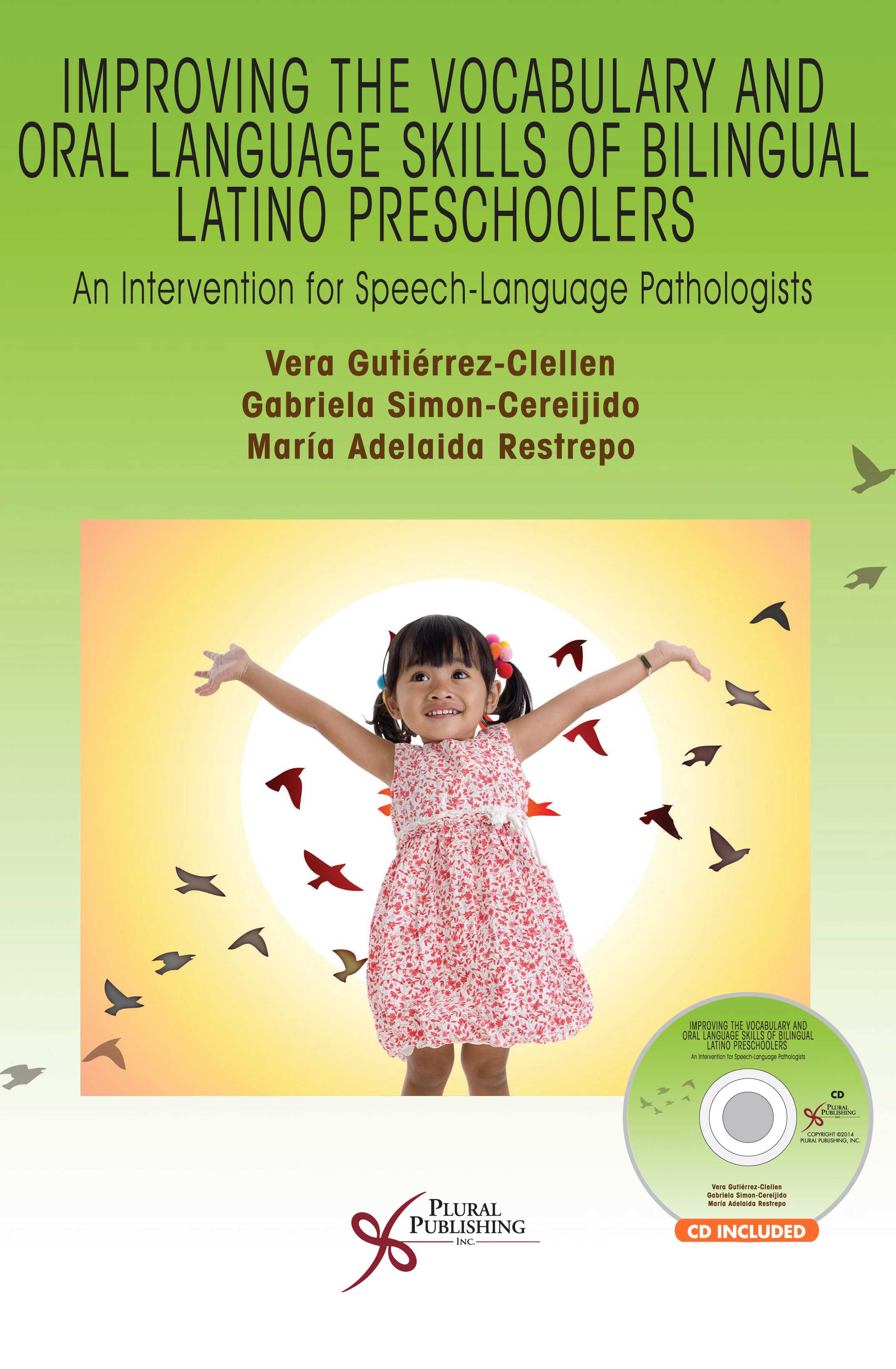
Improving the Vocabulary and Oral Language Skills of Bilingual Latino Preschoolers: An Intervention for Speech-Language Pathologists
First Edition
Vera Gutierrez-Clellen, Gabriela Simon-Cereijido, M. Adelaida Restrepo
Details: 136 pages, B&W, Spiral Bound + CD, 8.5 x 11"
ISBN13: 978-1-59756-519-6
© 2014 | Available
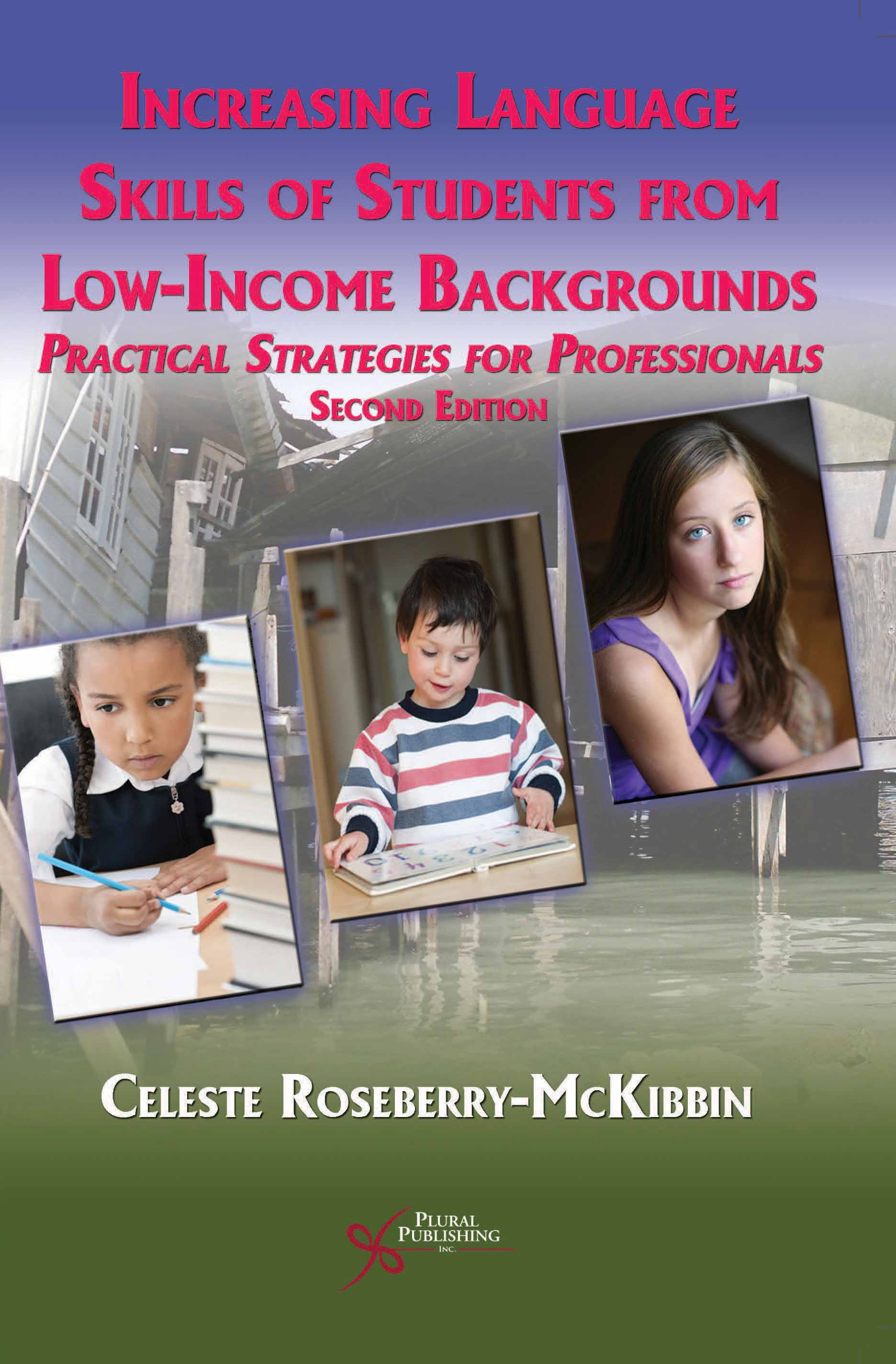
Increasing Language Skills of Students from Low-Income Backgrounds: Practical Strategies for Professionals
Second Edition
Celeste Roseberry-McKibbin
Details: 480 pages, B&W, Softcover, 6" x 9"
ISBN13: 978-1-59756-497-7
© 2013 | Available
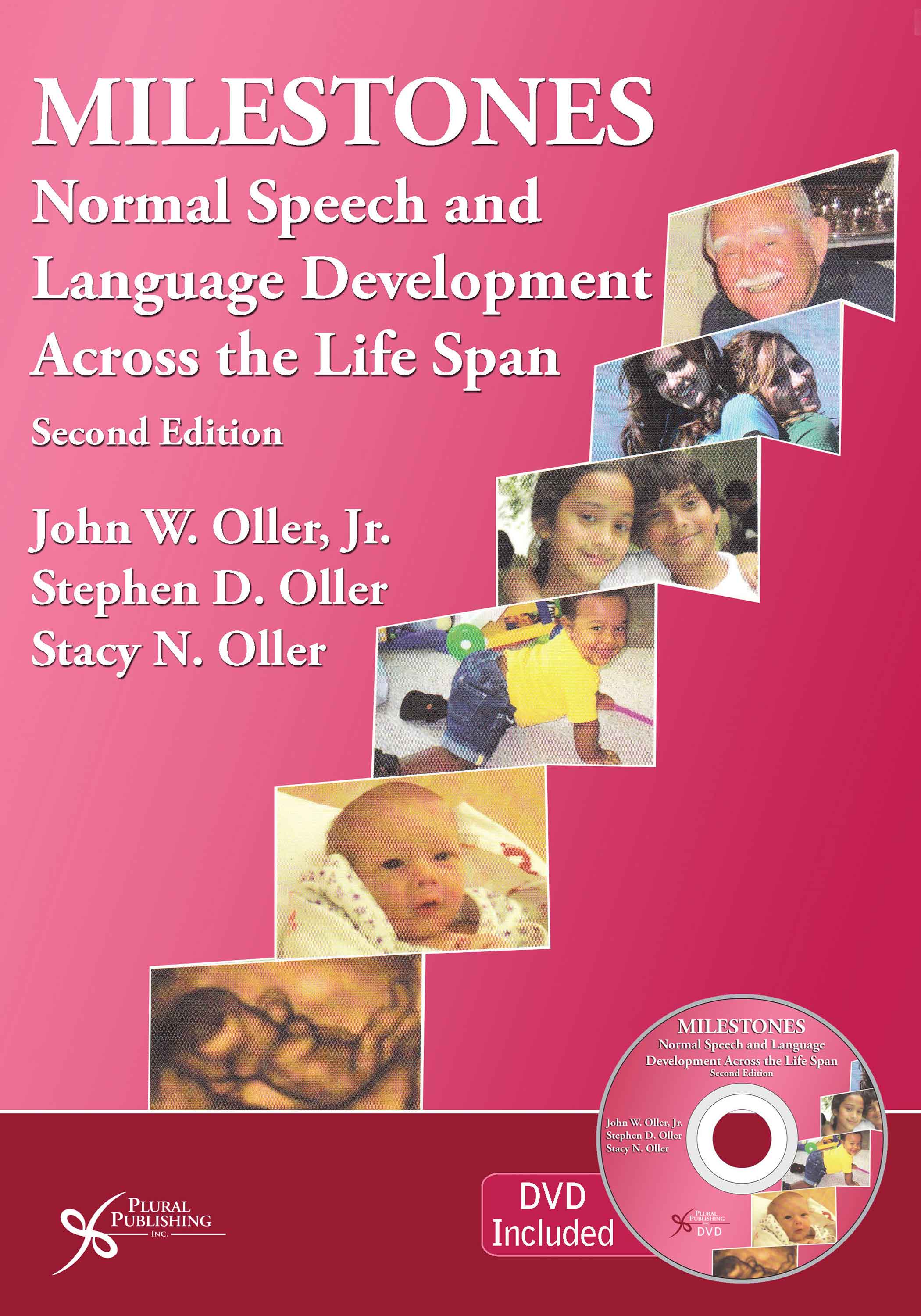
Milestones: Normal Speech and Language Development Across the Life Span
Second Edition
John W. Oller, Jr., Stephen D. Oller, Stacy Oller
Details: 624 pages, B&W, Softcover, 7" x 10"
ISBN13: 978-1-59756-501-1
© 2013 | Available

